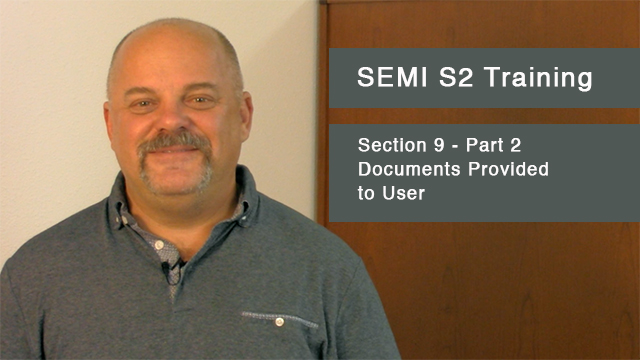Environmental impact is our responsibility from the micro to the macro, from how we live our day-to-day personal lives to how we operate the manufacturing facilities of our companies. SEMI S2 includes these considerations and are part of the requirements for getting your product to market.
We are continuing our SEMI S2, SEMI S2-0818 Environmental, Health, and Safety Guideline for Semiconductor Manufacturing Equipment, Training Series and breaking down the various sections. Today our CEO, Steve Barcik Amstel further covers Section 9: Documentation Provided to User specifically Section 9.4 outlining the environmental documentation that is required.
Link to video also available here:https://youtu.be/ouN7hv_JLa0)
And there is a lot of sub sections in here. It starts off with energy usage. This is typically lacking for most companies because you don’t really know how hard someone is going to use your equipment. Meaning how often or how hot, or how fast. All related to energy consumption. You might have a baseline number at idle and during operation for any given piece of equipment so that you could have some idea of power consumption. SEMI S2 is actually looking for energy usage, and how much you have been able to reduce energy consumption in your equipment over time and design iterations. This is great marketing information! How you have been able to lower energy usage so that it lowers the cost of operating the equipment and maybe even lowers your cost of parts…. we will see how that works out.
Once you have all of that energy information, then you can actually say yes, we have done it and we have an energy reduction program that is accomplishing measurable reduction in energy usage. The next level up is…Do you actually have a program that reduces energy usage and lifecycle costs? Typically, most team have such a program.
Next is chemical information and the first thing they are looking for there is mass balance, so meaning whatever consumption the equipment has…so any clean, dry air…how much consumption over a period time…nitrogen, cooling water, city water, di water…all of those things. And then any chemicals that go in, react and come out the other end…using a baseline process. The data needed there is to understand…what goes in and what is coming out and how it might need to be treated on the other end…how you might need to deal with hazards. Abatement then and other needs will be identified here.
Further within this chemical usage information we are going to want to see that you communicate any service items…like any cleaners or anything used to operate the equipment…lubricants, cooling fluid, etc. and then anything that might become hazardous or solid waste non-hazardous solid waste like filter cartridges, O-rings, lamps that may or may not have mercury in them, anything that is a consumable in the product that will be thrown away later…What is that? And what is the hazard of it? That all needs to be communicated as well…And summarized…because it may be in all the manuals of all the sub systems that you use, but it really does need to be in one concise table so that whoever gets the equipment knows what their hazardous waste program on the end would be and during service.
Going on with the chemical information needed to be provided, and detailed information regarding unintended releases.
What we mean is …where could an unwelded fitting open and release chemical from inside the containment. It might go into an enclosure… a ventilated enclosure…It might go into a tank…a sump…a drain… Where does it go, if it gets released…what is it and how much?
So that would be, for example, you have an over pressure value that is going to release pressure from your chemical system… or a single-point failure of a fitting somewhere in the system, not a welded connection, but some screw on or other type of fitting could open or leak and if it did, where is it…how much could leak out…and how is it mitigated?…For all unintended releases not just liquids…so gases, solids maybe…slurries…any other thing that could be unintentionally released from the equipment.
Then obviously the next side of that is what are intended releases? So…there is a drain here…what is going down it, where should it connect Acid, base, VOC, water? Part of the mass balance…what is it? Where is it going? What does it need to be connected to? What is the typical maximum flow rate? And maybe an average flow rate? Does any abatement need to be done on that line…that drain line or that exhaust line…any of them? All of that information would detailed and included in the manuals and provided as part of this section of S2.
Solid waste is the next one in Section 9.4.5 and it talks about what does become solid waste. So, when you are done with shipping the equipment to the person there is going to be a bill of materials (BOMs) for the crate and everything else…what is it? What is in it? What are the hazards of it? Are there any? Your crate should be marked with weights and all of that…but that is another standard…And that information as well should be communicated.
During normal operation, what becomes solid waste…solid wastes, or service and maintenance maybe it some consumable of some type that gets thrown away like an O-ring or lightbulb like I mentioned earlier, but this kind is the non-hazardous ones.
That wraps up this part of Section 9 (Section 9.4 Environmental Documentation) and we will continue with the next part of Section 9 in our next video.
The following are related documents for this section of SEMI S2;
ACGIH, “Hazard Assessment and Control Technology in Semiconductor Manufacturing.” (1989): distributed by Lewis Publishers, Chelsea, Michigan.
ANSI/AIHA Z9.5-1992 Standard — Laboratory Ventilation Burgess, Ellenbecker, Treitman, “Ventilation for Control of the Work Environment.” John Wiley, NY (1989). Burton, D.J., IVE, Inc.,
“Industrial Ventilation Workbook.” 3rd Edition, 1995, Lab Ventilation Workbook, (1994): 2974 South Oakwood, Bountiful, Utah 84010.
NFPA 45 — Fire Protection for Laboratories Using Chemicals Williams, M., and D.G. Baldwin, “Semiconductor Industrial Hygiene Handbook.” Noyes Publications, Park Ridge, NJ (1995): ISBN 0-8155-1369-0.
SEMI E6 — Guide for Semiconductor Equipment Installation Documentation
SEMI F5 — Guide for Gaseous Effluent Handling SEMI F14 — Guide for the Design of Gas Source Equipment Enclosures
SEMI F15 — Test Method for Enclosures Using Sulfur Hexafluoride Tracer Gas and Gas Chromatography (Withdrawn 1011) SEMI S1 — Safety Guideline for Equipment Safety Labels
SEMI S3 — Safety Guideline for Process Liquid Heating Systems
SEMI S6 — Environmental, Health, and Safety Guideline for Exhaust Ventilation of Semiconductor Manufacturing Equipment
SEMI S12 — Environmental, Health and Safety Guideline for Manufacturing Equipment Decontamination
SEMI S13 — Environmental, Health and Safety Guideline for Documents Provided to the Equipment User for Use with Manufacturing Equipment
SEMI S14 — Safety Guidelines for Fire Risk Assessment and Mitigation for Semiconductor Manufacturing Equipment
NFPA 497 — Recommended Practice for the Classification of Flammable Liquids, Gases, or Vapors and of Hazardous (Classified) Locations for Electrical Installations in Chemical Process Areas
NFPA 704 — Standard System for the Identification of the Hazards of Materials for Emergency Response
ACGIH, Industrial Ventilation Manual
ASHRAE Standard 110 — Method of Testing Performance of Laboratory Fume Hoods
Burton, D.J., Semiconductor Exhaust Ventilation Guidebook
Uniform Building Code™ (UBC)
Uniform Fire Code™
Please like, subscribe and leave a comment. We would like to hear your examples of Environmental Considerations.


